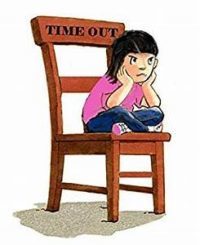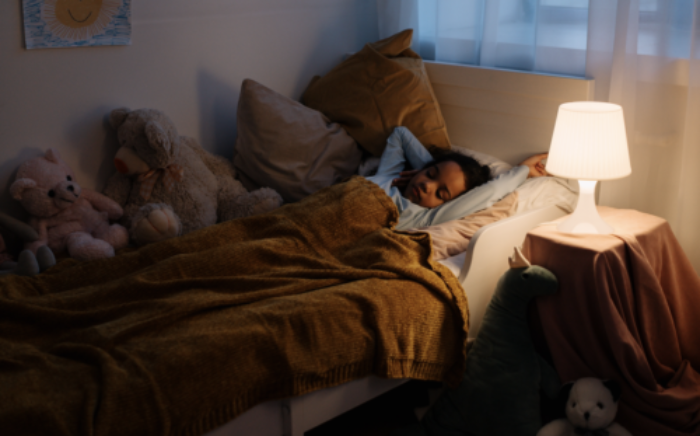Discipline is a necessary component of parenting. Having clear expectations, boundaries, and even consequences help children to learn what behaviors are acceptable and what behaviors are not tolerated by others. Discipline can also give children a sense of security in knowing what will occur if they do something that they know is wrong. However, certain types of discipline, particularly time out, have carried the burden of continued criticism .
If implemented correctly, time out has been proven to be a key strategy for treating a change of child and behavioral emotional problems and has been associated with larger effects in improving child behavioral adjustment (Kaminski & Claussen, 2017; Kaminski, Valle, Filene, & Boyle, 2008). It has also been identified as a critical factor in helping children regulate emotional reactions (Graziano et al., 2012). However, if implemented incorrectly, time out has been associated with parent perceptions that it is ineffective (Riley, Wagner, Tudor, Zuckerman, & Freeman, 2017). Despite the evidence, in our practice, we’ve heard countless stories of how time out does not work for a child. Therefore, it is important to break down the facts surrounding the controversy.
Time out is short-hand for “time out from positive reinforcement.” This means that there must be a reinforcer as well as a removal of that reinforcer for a specified time, following misbehavior. Said simply, time out only works within a positive, nurturing child-parent relationship, where removal of the parent’s attention matters to the child. So, the first step to an effective time out is focusing on building up that relationship. The second step is removing attention from the child when the child misbehaves. The key to the success of time out in any home is calm consistency from parents and clear expectations for the child.
Below are some tips to guide you through an effective time out (from positive reinforcement!):
- Spend time each day focused on promoting a positive relationship with your child. Regardless of what occurred during that day, set aside 5-10 minutes for only positive experiences where your child can lead the play or share their experiences openly without questions, and know you are just there to play along and listen.
- Only use time out for behaviors that a child can control. Ensure they are developmentally capable of completing a task before implementing a time out as a consequence.
- The placement of time out should be separate from any toys or fun activities. Sending a child to their room may actually be more fun if there are toys they enjoy in their bedroom.
- Children should know exactly what behaviors will result in time out (i.e. hitting, ignoring parent directions, cursing). This should be discussed before time out is implemented at home. They should also know beforehand how to behave once placed in time out (i.e. calm body, quiet voice). Only release your child from time out once he/she is calm and quiet. You want your child to know that screaming and crying was not what helped them out of time out.
- If your child engages in behaviors that call for time out, following up with a time out each and every time is key. If they think they can get away with the behavior without a time out, they will absolutely try! Consistency, consistency, consistency!
- During time out, your child should have no indication that you are paying any attention to them. Your attention is the currency that makes time out effective! That means: no looking (even those stern stares), no speaking, no laughing. However, you should actually be paying extra attention to your child to ensure they are remaining in time out. This is your time to model calm, positive behaviors for your child without engaging.
- Once your child is released from time out, have the expectation that he/she will complete whatever task was refused in the first place (if they ignored a parent’s directions). Recognize the completion and then shift your focus to the current positive behaviors your child has corrected, rather than the previous negative behaviors that sent them to time out in the first place.
- Moving on from time out is important for showing your child that consequences occur in the moment if they misbehave AND that your supportive, loving relationship will always be there.
For additional information on time out, check out these two great articles: Weighing in on the Time Out Controversy from our colleagues at West Virginia Univeristy and A Reanalysis of All the Time Out Data published by the eminent psychologist Mark Dadds in the American Psychologist. Please also take a look at this 2-minute video from a parent in our practice who resisted including time out and has since taken a new perspective – she went from a “doubter” to a “believer” based on results!










